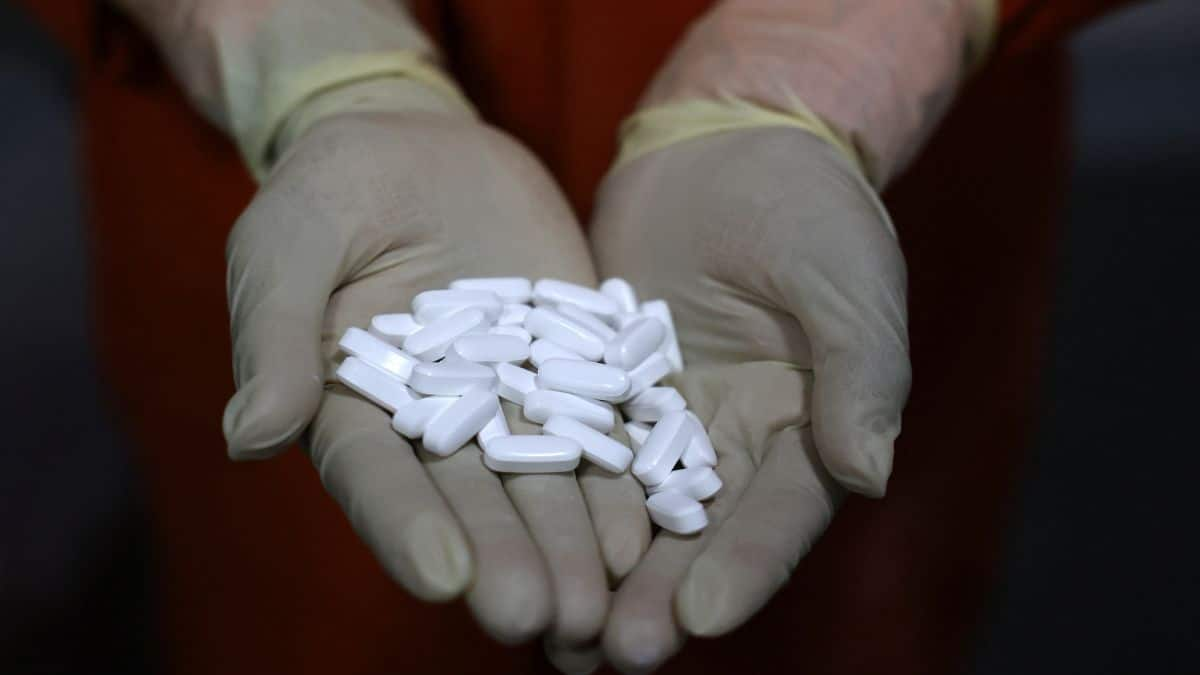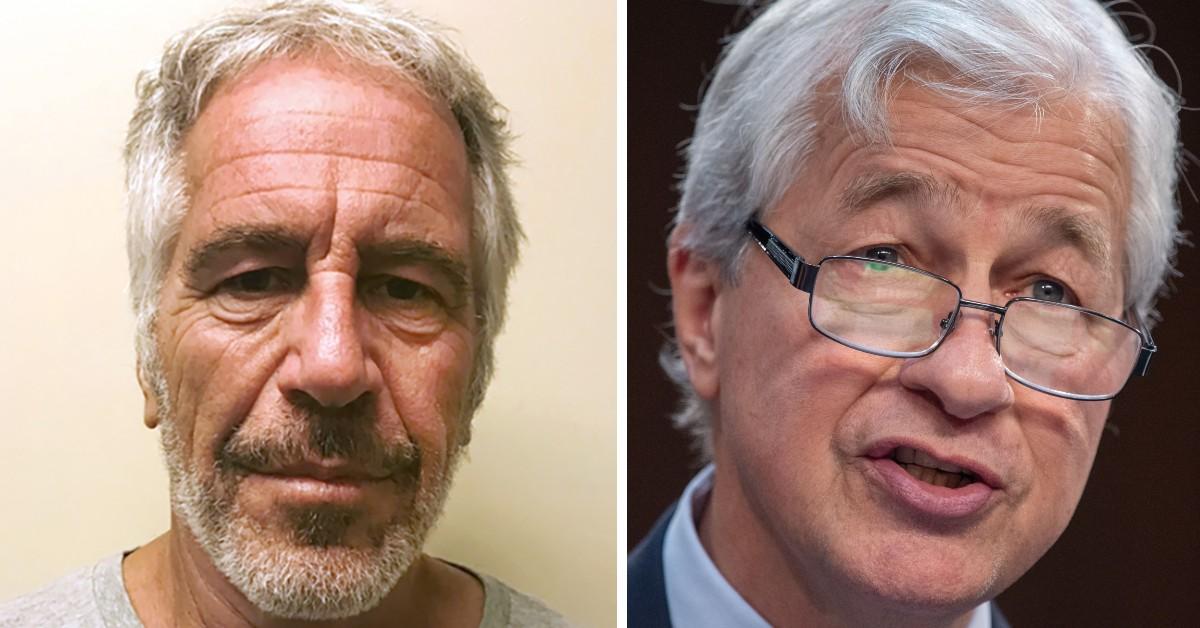**Trump’s Tariff War Continues: 100% Tariffs on Branded Pharmaceutical Imports Starting October 1**
US President Donald Trump has announced a significant escalation in his ongoing tariff war, introducing a 100% tariff on imports of branded and patented pharmaceutical drugs starting October 1, next Wednesday. However, there is a notable caveat: this heavy tariff will not apply if the drug company commits to building manufacturing plants in the United States.
—
### Details of Trump’s Latest Pharmaceutical Tariff Announcement
On Thursday, September 25, President Trump declared that branded or patented pharmaceutical products will face a 100% tariff beginning October 1 unless the manufacturer is constructing a pharmaceutical manufacturing plant in the US. This move, while steep, was not entirely unexpected. Trump has been signaling for months his intention to levy tariffs on pharmaceutical imports, which had largely been exempt during his first term.
The President views tariffs as a mechanism to pressure drug manufacturers into ramping up production domestically, thereby strengthening the supply chain for essential medicines. In his announcement on Truth Social, Trump stated:
> “Starting October 1, 2025, we will be imposing a 100% tariff on any branded or patented pharmaceutical product, unless a company is building their pharmaceutical manufacturing plant in America. There will, therefore, be no tariff on these pharmaceutical products if construction has started.”
—
### Additional Tariffs on Other Imports
Alongside the pharmaceutical tariffs, Trump announced new tariffs on several other imports. These include:
– 50% tariff on kitchen cabinets
– 30% tariff on upholstered furniture
– 25% tariff on heavy trucks
In a separate post, he emphasized that the 25% tariff on heavy trucks produced outside the US aims to support domestic manufacturers such as Peterbilt, Kenworth, Freightliner, and Mack Trucks. According to Trump, these tariffs serve multiple purposes, but “above all else, for national security purposes.”
—
### Possible Impact on India and Global Markets
Trump’s announcement rattled markets across Asia. Following the tariff news, Asian shares declined notably. For example:
– Japan’s Topix pharmaceutical index fell by 1%
– Hong Kong’s innovative drug index dropped 2.8%
– South Korea’s SK Biopharmaceuticals shares slid 2.7%
– Australian biotech firm CSL decreased by 1.6%, after initially slumping over 3%
India, in particular, has adopted a cautious stance as it remains one of the largest suppliers of medicines to the US. The US is by far India’s biggest drugs market, with pharmaceutical exports valued at approximately $7 billion (Rs 77,231 crore) in 2024. In the first half of this year alone, India exported $3.7 billion (Rs 32,505 crore) worth of drugs to the US.
Reports indicate that India supplies over 45% of generic drugs and 15% of biosimilar drugs used in the US. Major Indian pharmaceutical firms such as Dr. Reddy’s, Aurobindo Pharma, Zydus Lifesciences, Sun Pharma, and Gland Pharma reportedly derive 30-50% of their total revenue from the American market.
Moreover, Indian drugs have been instrumental in helping the US healthcare system save an estimated $219 billion in 2022 alone. Over the next five years, generics from India are projected to provide an additional $1.3 trillion in savings.
If a 100% tariff is imposed as threatened, it could lead to price hikes, inflationary pressures, and potential drug shortages in the US. Currently, drugs imported from India account for approximately four out of every ten prescriptions filled in the country.
—
### Clarifications and Industry Response
It is important to note that Trump’s tariffs target branded and patented drugs rather than generic drugs, which constitute the majority of India’s pharmaceutical exports. Nonetheless, uncertainty looms as pharmaceutical executives closely monitor developments and wait to see how policies unfold.
The Pharmaceutical Research and Manufacturers of America had previously opposed the tariff imposition, stressing concerns over supply chain disruption and increased costs.
—
### The Broader Context of Trump’s Tariff Blitz
This latest pharmaceutical tariff announcement is part of Trump’s broader ongoing tariff campaign against multiple trading partners, including India. The US has already imposed various tariffs on Indian goods—such as a 50% tariff on jewelry and garments.
President Trump remains adamant that tariffs are the only effective way to compel companies to invest in domestic manufacturing facilities. He has dismissed fears that importers will simply pass the tariff costs onto consumers, stating:
> “We’re protecting American jobs, we’re protecting American factories. It’s very simple. If you want to sell here, you build here.”
Critics, however, argue that Trump’s tariff strategy is fuelling inflation and hindering business growth. Despite this opposition, the President and his administration continue to defend the policy as essential for national security and economic self-reliance.
—
*With inputs from agencies.*
https://www.firstpost.com/explainers/trump-tariff-pharmaceuticals-india-drug-makers-explained-13937033.html


